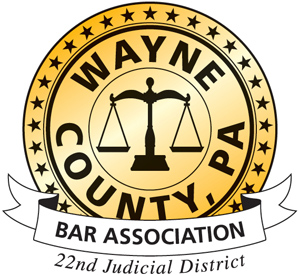Bankruptcy helps people who can no longer pay their debts get a fresh start by liquidating assets to pay their debts or by creating a repayment plan. Bankruptcy laws also protect financially troubled businesses. This section explains the bankruptcy process and laws.
Filing bankruptcy can help a person by discarding debt or making a plan to repay debts. A bankruptcy case normally begins when the debtor files a petition with the bankruptcy court. A petition may be filed by an individual, by spouses together, or by a corporation or other entity.
Seeking the advice of a qualified lawyer is strongly recommended because bankruptcy has long-term financial and legal consequences. Individuals can file bankruptcy without a lawyer, which is called filing pro se. Find a lawyer.
All bankruptcy cases are handled in federal courts under rules outlined in the U.S. Bankruptcy Code.
There are different types of bankruptcies, which are usually referred to by their chapter in the U.S. Bankruptcy Code.
- Individuals may file Chapter 7 or Chapter 13 bankruptcy, depending on the specifics of their situation.
- Municipalities—cities, towns, villages, taxing districts, municipal utilities, and school districts may file under Chapter 9 to reorganize.
- Businesses may file bankruptcy under Chapter 7 to liquidate or Chapter 11 to reorganize.
- Chapter 12 provides debt relief to family farmers and fishermen.
- Bankruptcy filings that involve parties from more than one country are filed under Chapter 15.



